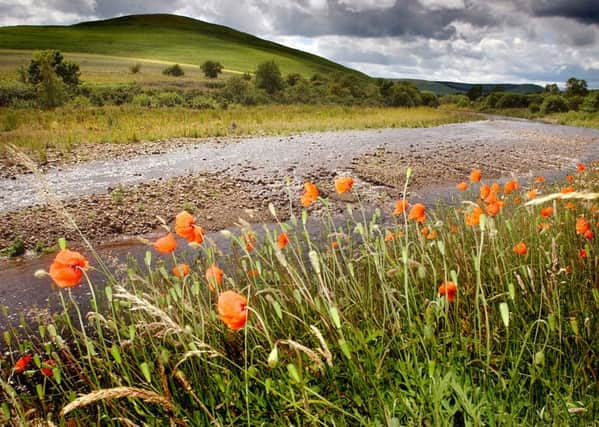Till Valley, History Society


We welcomed Dr Ian Kille, of Northumbrian Earth, who gave a fascinating and amusing lecture on the geology of Northumberland and the connection with archaeology.
Ian explained the prehistory of Planet Earth and the structure of its mass, the convection process and the crust.
Advertisement
Hide AdAdvertisement
Hide AdThere is a relationship between archaeology and geology – history and prehistory, as described by James Hutton, the father of modern geology, who stated: “No vestige of a beginning and no prospect of an end.”
Millions of years ago, when the continental drift caused the ancient continents of Laurasia and Gondwana to merge, the fantastic rock formations we see today were created.
The Whin Sill, evident at Hadrian’s Wall, Holy Island, Cullernose Point, Bamburgh and High Force, is the result of this. The Cheviot Range is part of the first union of England and Scotland, Cheviot being a massive volcano, with the surrounding hills lava cones. Lindisfarne has different formations so it is necessary to look at the context, materials and the preservation of each deposit.
Usually the oldest deposits are at the bottom and the most recent at the top, but due to upheavals and drift, the earth’s crust has buckled and rotated. Evidence of this can be found at Siccar Point, Cocklawburn, Burnmouth and North of Eyemouth, where deep sea fossils, corals, plants and insects can be found high above sea level.
Advertisement
Hide AdAdvertisement
Hide AdThere is also evidence of recurring climatic conditions, with bands of silt/sand below rock formations.
The Milfield Plain is a large glacial deposit and more henges are found in this area than around Stonehenge, evidence of very early human occupation.
The unusual preservation of artefacts at Vindolanda is mainly due to the acidity of the soil.
All stone buildings originated in geology, exploited by humans. There are many types of stone, some easier to work than others, leading to industrial archaeology, such as Scremerston coal, iron and lime kilns.
Advertisement
Hide AdAdvertisement
Hide AdCeramic artefacts, such as pottery, axe heads and flints, were transported great distances, and enigmatic cup and ring stones appear in various places.
The geology uncovered at the Lindisfarne Dig in 2017 was fascinating. The ripple effect was clearly seen on foundation stones in the chapel, and the Whin Sill was exposed in the bottom of a trench. There was also evidence of a brilliant white sandstone. Work is ongoing to discover the source.
The landscape around Flodden gives clues to the outcome of the battle in 1513. A fault line along the base of Branxton Hill produced a series of springs, which caused the boggy conditions encountered by the Scottish army. Young archaeologists took core samples from this area and found nothing but mud.
Dr Kille’s geology walks will return later this year.